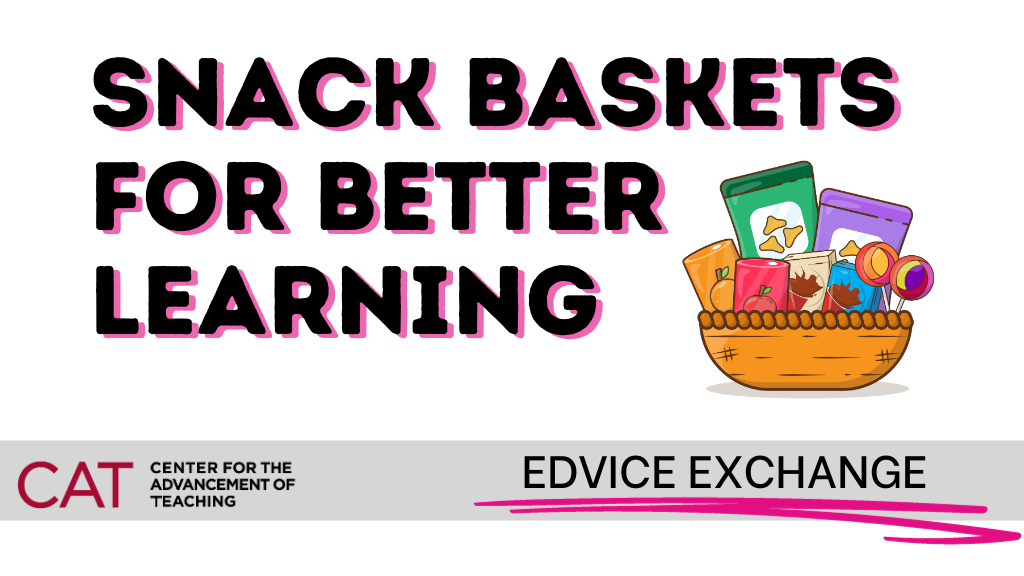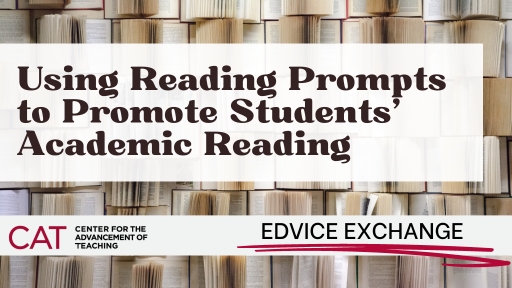Wren Mills, PhD

For many years, I have brought a snack basket with me to my classes. Some colleagues have given me side-eye for this, but food insecurity on college campuses is a real problem, and it appears (in my experience) to have been made worse by the pandemic. We have known for a long time that school children have problems concentrating when they do not have proper nutrition, hence free breakfast and lunch programs nationwide. College students are no different. While many institutions require on-campus students to purchase meal plans if they live in the residence halls, struggling students usually purchase the bare minimum, which might be as little as one meal per day. Some students stack schedule their classes with no breaks (especially common with first year students) and sometimes forget to grab their own snack to tie them over before they head to class for the day. Other students work all day and come to night classes without time to grab something to eat before their long night classes. With food insecurity and forgetfulness in mind, my snack basket began.
On the first day of class, I bring and talk about the snack basket, about food insecurity, and that I never want anyone to sit in my class hungry and thinking about what or when they will next eat or trying to ignore their rumbling tummies. I want them to take a snack if they need it, but if they don’t, please leave it for those who do. It is rare that anyone takes what I’d call “more than a fair share,” but sometimes they do. If I notice a student doing that, I ask them privately after class if they know about the food pantry on campus (which is conveniently across from my building). [At Temple, the appropriate resource to refer students is The Barnett & Irvine Cherry Pantry, located in room 224A of the Howard Gittis Student Center. -Ed.]
My snacks are varied. I ask on my information sheet if there are any food allergies, too, so that if we have someone with a peanut allergy, for example, I can share with the class as a whole to avoid the things that might set off their neighbor. (Students usually happily “out” themselves and their allergies and let people know if it’s a “not in the room with me, please” or a “just make sure I’m not next to you” allergy.) I always have a breakfast bar or granola of some kind. I also include chips, cookies, and trail mix. There are suckers. There is chocolate. There are gummies and hard candies. There are applesauce sleeves. I get cheese and crackers, too. It is rare that a hungry soul can’t find something to help them out.
How do I afford this? Like probably all of you, I’m certainly not wealthy or reimbursed. I watch the clearance areas of my local groceries—they often put boxes there that are damaged, but the food inside is perfectly fine and 75% off or more. I use coupons. I watch for sales. I live for the weeks after Valentine’s, Easter, Halloween, and Christmas! If I bring fresh fruit, I do so on Mondays so that hopefully it’s gone by Friday. And I remind the students that this is out of my own pocket, and that I do my best to keep the snack basket full, but sometimes it might be a bit empty. I’ve had students bring things to contribute that they bought (or their parents did) and decided they don’t like. I’ve had colleagues contribute, too. (The student workers and graduate assistants always know they can come and get a snack, too, if they need one).
I know not everyone will be interested in doing this. Some will say this isn’t part of their job. And it’s not—it does go beyond normal teaching, service, and scholarly duties. Alternatively, it would only take a moment of your time to look up what help is available on your campus and in your community for food-insecure students. Most campuses now have food pantries. In my city, the churches near campus offer meals and food pantries to our student population just as they do everyday folks just trying to make ends meet. Having a resource sheet that you can hand students will be appreciated and remembered by them.
Articles of Interest
College student hunger statistics and research. (n.d.). Feeding America.org. https://www.feedingamerica.org/research/college-hunger-research
McCoy et al. (2022). Food insecurity on college campuses: The invisible epidemic. Health Affairs. https://www.healthaffairs.org/content/forefront/food-insecurity-college-campuses-invisible-epidemic
Wren Mills is Assistant Professor in the School of Leadership and Professional Studies at Western Kentucky University.
This article was released under Creative Commons Attribution-NonCommercial-ShareAlike 4.0 International (CC BY-NC-SA 4.0) license as part of the Teaching Messages Collection 2023-24.

